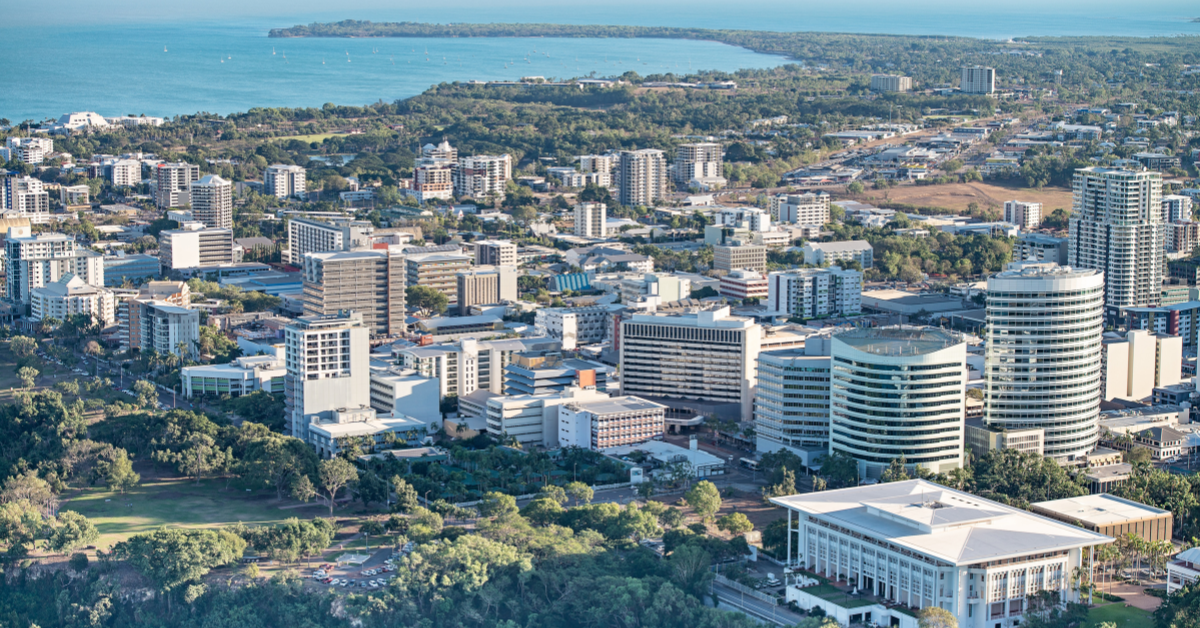How the Spring Selling Season Is Shaping Up

Over the past year, real estate markets across the country have outperformed in every respect. From the suburbs of our capital cities to regional towns, this strong performance has come despite ongoing restrictions and lockdowns.
The dominant driver of this performance has been record-low interest rates, which have pushed mortgage affordability higher. In addition, government stimulus measures have cushioned the economic impact of COVID restrictions and has in turn helped improve buyer confidence.Confidence levels are strong, evident by the high level of buyer enquiries that agents are receiving across every listing and the speed at which properties have been selling over the past 12-months. This increased level of demand has seen double digit property price growth across most real estate markets, with regional areas outperforming their capital city counterparts due to an increase in intrastate and interstate migration.
So how is the traditional spring selling period shaping up?
Restrictions will play a role
The current restrictions and border closures will play a role in determining how each property market across the country performs. Restrictions that affect the movement of people will be a factor in determining which areas see new listings come onto the market for the traditional spring selling period.
Those states, regions, and suburbs where restrictions are in place will provide potential buyers with a limited opportunity to view properties and will therefore have less buyer competition, and lower potential for price growth. That said, virtual inspections and online auctions in these areas have yielded some great results to-date. In NSW, suburbs and regions where you need a ‘permit’ to enter will see lower levels of new listings come onto the market during the ‘permit’ period but will rebound once this restriction ends.
Restrictions have also seen homebuyers search for more space. Suburbs and properties which have better accessibility to open space (for example, suburbs close to the beach, national parks or extensive parklands) will perform better, as buyers look at how and where they can travel locally to get their daily dose of exercise during lockdowns in the short-term and when working from home in the long-term.
New innovations will keep real estate markets active
The innovative ways in which the real estate industry has adapted to market uncertainty - brought about by ever-changing restrictions, lockdowns and health orders - has ensured that buyers, sellers, tenants and landlords have been able to continue to safely and securely view, sell, buy and lease real estate. These measures, combined with an improving economy, have assisted real estate markets right across the country to perform strongly over the past 12-months. These innovations will also ensure that real estate markets remain active over spring, despite restrictions.
Market outlook
Overall, there is no doubt that restrictions will see a slow start to spring. However, those states which are not affected by lockdown will continue to enjoy a very buoyant and active market.
The start of spring will see buyer demand remain strong with interest rate rises still a long way off. Despite a short-term economic dip, due to the extended NSW lockdown, unemployment remains low; and there is a high number of job advertisements, which has people feeling confident about their job security and household financial position, particularly in areas, regions and states not in lockdown.
New listings will remain constrained for the start of spring and will gradually rise as the state governments’ COVID restrictions get eased. This will see the bulk of homeowners looking to sell in spring, hold off listing their property for sale until towards the end of the season which could mean a busy Christmas.
As demand remains elevated and new listing growth slows, the supply demand imbalance will see price growth remain positive; however, property prices will increase at a slower speed than what we have seen over the past 18-months.
Houses will continue to outperform higher density dwellings as first home buyers and families seek space. However, the affordability gap will see more buyers look at purchasing a unit, particularly as investors return to the market as rentals continue to strengthen.
Looking into the new year, real estate markets are expected to remain active as states and borders begin to open and confidence, that we are on the other side of harsh wide-ranging lockdowns, improves.
This increased confidence will see more homeowners look to list their property for sale, while improving economic conditions will see buyer demand continue to grow. Another boost to the economy and inner-city real estate markets will come later in 2022 when international borders open and international students, tourists and business returns.



